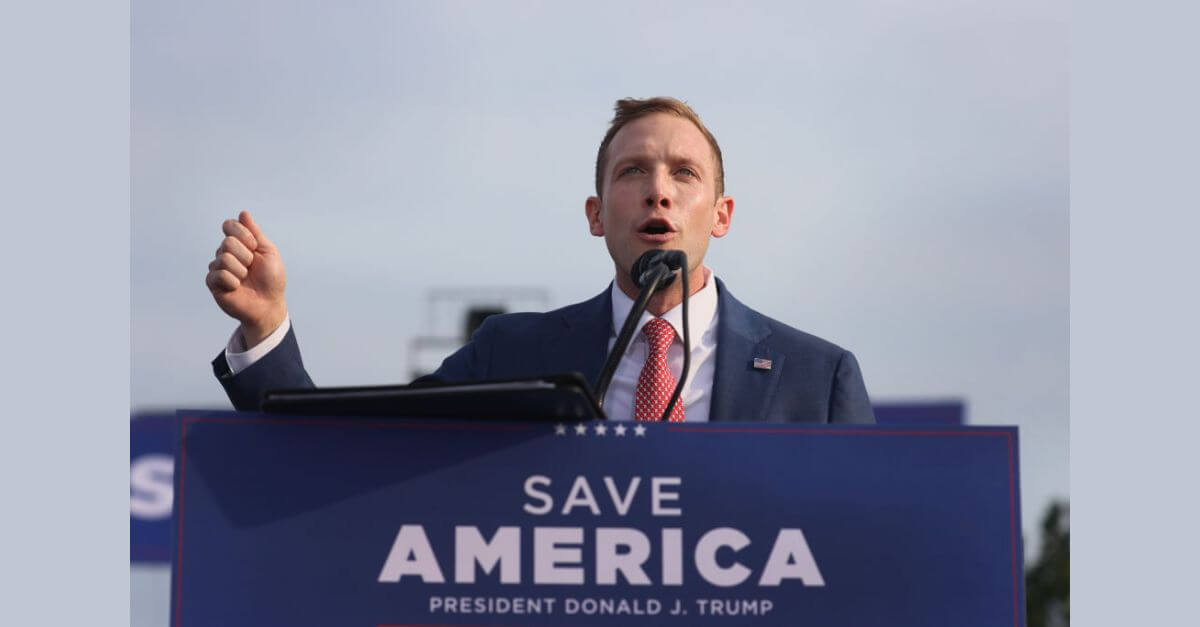Let Belzec Victims Finally Rest in Peace
I first visited the site of the Belzec death camp in 1979. I knew I stood at a place where nearly 500,000 Jews had been murdered from March to December 1942, but what I saw was a place long neglected and forgotten.
The Germans, anxious to hide their genocide in 1943, removed the bodies from graves, burned them and then ground and reburied the remains. But this was not done carefully, and for 60 years some of the ash and bone fragments have been lying on the surface of Belzec, blown by the wind and moved by the rain, desecrated every day again and again.
It is our obligation to properly bury these last remnants of the Belzec martyrs while enabling their descendants and other mourners to visit their final resting place. By the end of the year, a memorial, built under strict rabbinic supervision, will be dedicated. Efforts to delay the completion of the project, however well intentioned, only serve to draw out the suffering.
The effort to properly commemorate Belzec victims began several years ago, on the initiative of Miles Lerman and the United States Holocaust Memorial Museum, together with Polish partners. Laudably, the American Jewish Committee is now leading this project.
In 1998, as a first step to construct an appropriate memorial, the Polish Council for the Protection of Memory and Martyrdom ordered an archaeological study to identify the boundaries of the mass graves. Employing the same method that the council used on Polish mass graves, hand drilling was conducted about every five yards directly into the ground to obtain core samples of earth. While this method is precise, it is a serious violation of Halacha, or rabbinic law, since it drills directly into the mass grave and disturbs the human remains below, a fact not known at the time to the Polish council. However, as a result of this drilling, we now know the exact location of the 33 mass graves at Belzec.
The design for the memorial, selected by an international committee of Holocaust memorialization experts and approved by the highest halachic authority, is an artistic and emotional expression that preserves the sanctity of all the mass graves, which would be permanently covered with additional earth, a protective liner and eighteen inches of pebbles. The designers recognized that there are mourners who would want to walk through the place where their relatives had been murdered by the Nazis. Using the results of the 1998 study to identify an area with no mass graves, they proposed a gradually descending path along this route, from which it would not be possible to move to any other areas of the site.
Could construction take place without disturbing any of the mass graves? What about any ash and bone fragments that might lie on the surface of the proposed path? A former chief rabbi of Israel, Israel Meir Lau, advised me earlier to ask such questions of Rabbi Elyakim Schlesinger, an international authority on the subject and chairman of the London-based Committee for Preservation of Jewish Cemeteries in Europe. Schlesinger joined me at Belzec in August 2002 and concluded that the proposal, including the descending path, was acceptable according to Halacha and a great improvement over the current situation of neglect. He recognized that no mass graves would be disturbed, while ash and bone fragments, if unearthed, would be returned to the mass graves where they were originally buried.
The fact that the entire area would be covered by several layers and never walked on again was termed a “tikkun gadol,” a great improvement, by Schlesinger and his committee. In a formal consent declaration issued in May, they wrote: “We have concluded that the project should be advanced without any postponement or delay. Anyone who has for his purpose the name of God and the honor of the holy martyrs and the honor of heaven, will do nothing at all to delay this.”
I also approached Lau, who, through his assistant, Rabbi Rafael Frank, expressed “his endorsement of the proposal to memorialize the sacred site” in a January 2003 letter.
In April 2003 the American Jewish Committee concluded an agreement with the Polish council governing all aspects of the Belzec Memorial Project. The agreement includes a separate section focusing exclusively on halachic concerns during construction. Under these provisions, no work may be conducted on Shabbat or Jewish holidays. I and my designated representatives are granted full authority to stop construction at any time if we believe there is a danger that Halacha may be violated.
Since construction began in May, two young men from the Warsaw Jewish community are staying in Belzec and will remain there for the duration of the project. I have visited the site on several occasions and can report that there is a good working relationship with the Polish construction crew, who demonstrate a respectfulness and appreciation of our religious concerns.
The martyrs of Belzec demand of us that we finally put their remains to proper rest.
Rabbi Michael Schudrich is chief rabbi of Warsaw and Lodz.




















